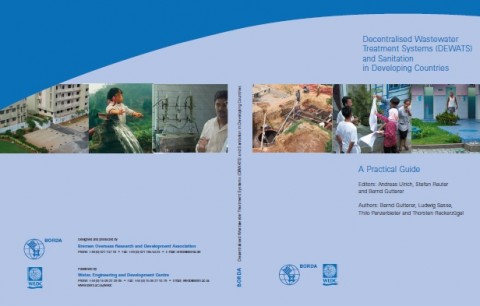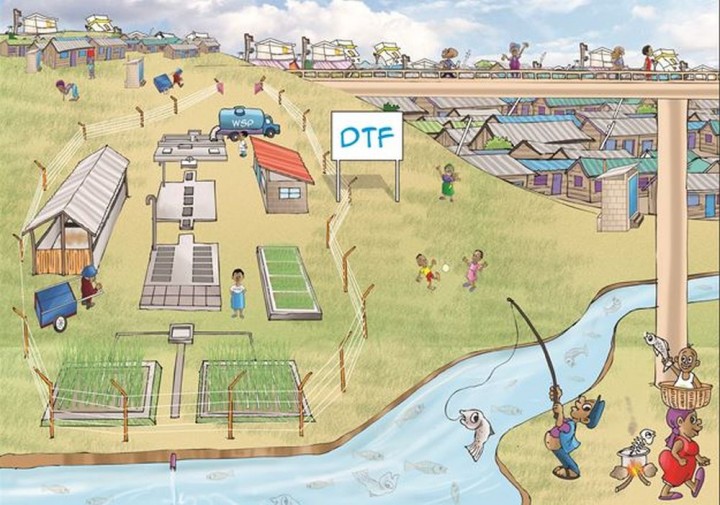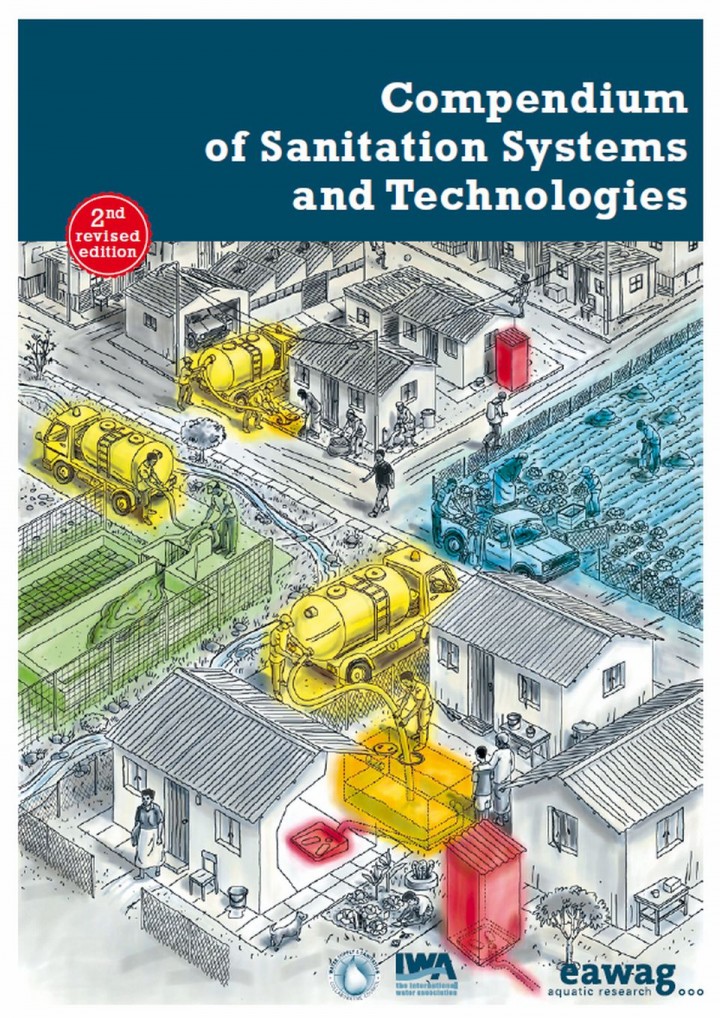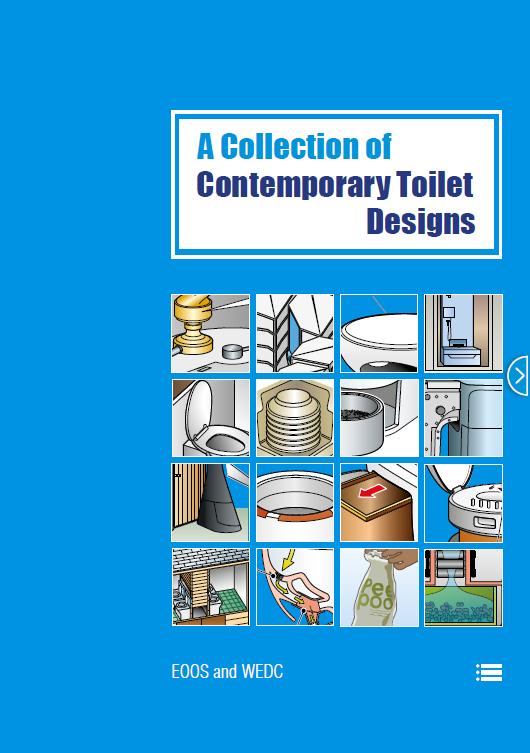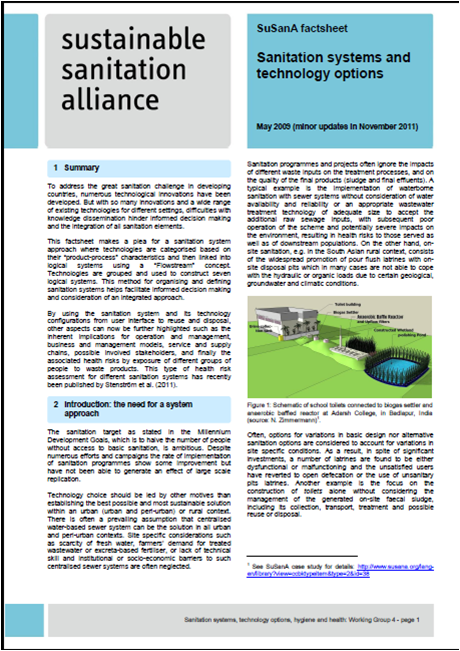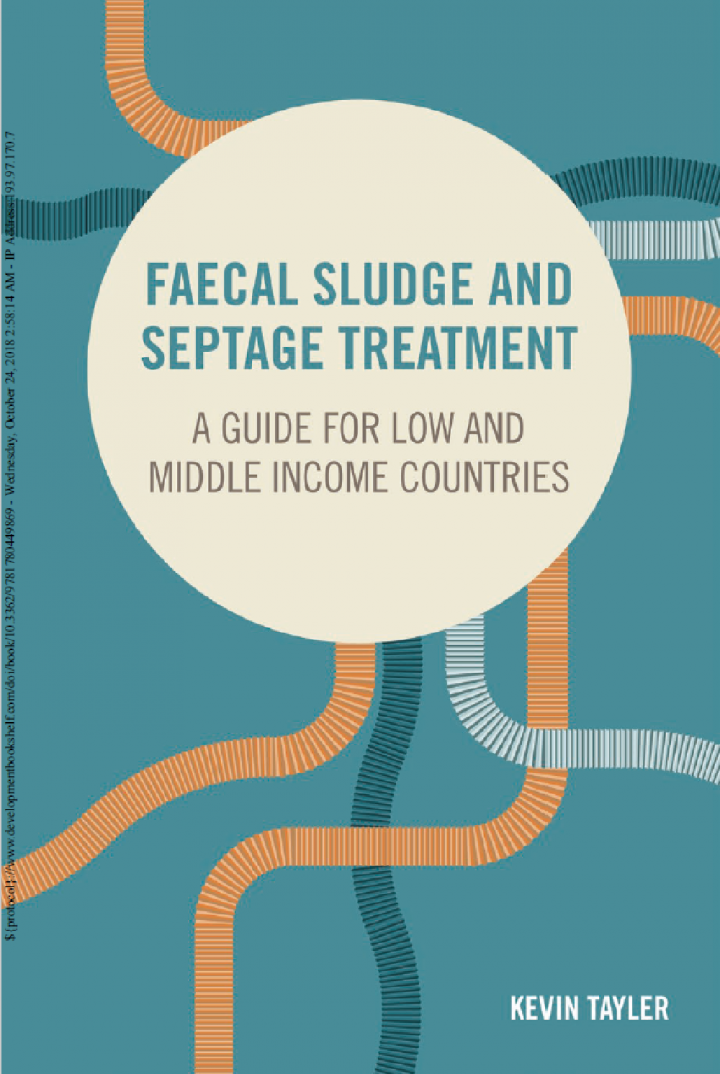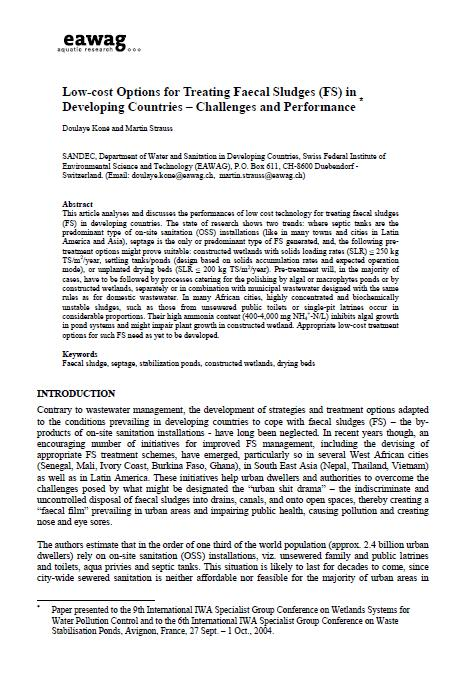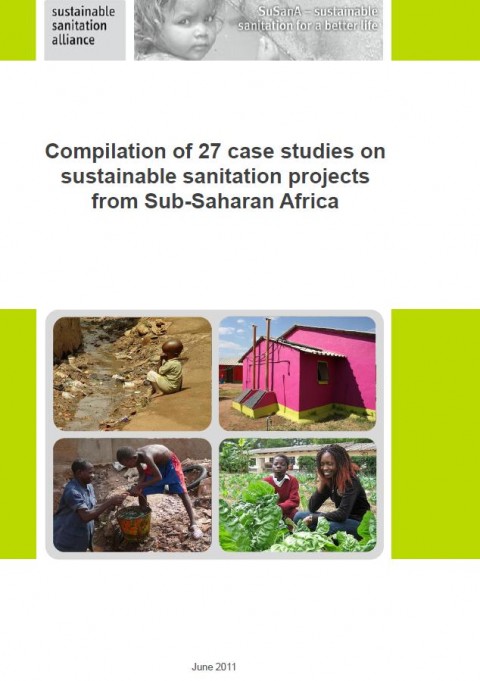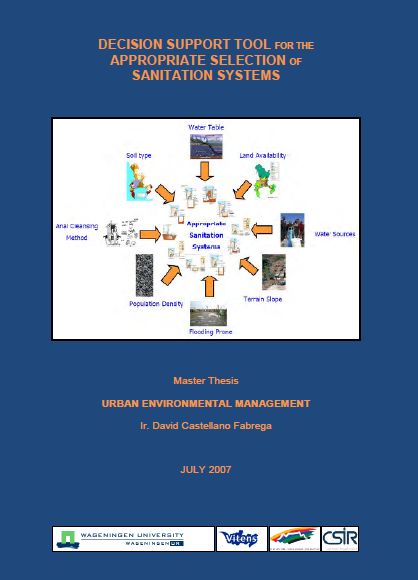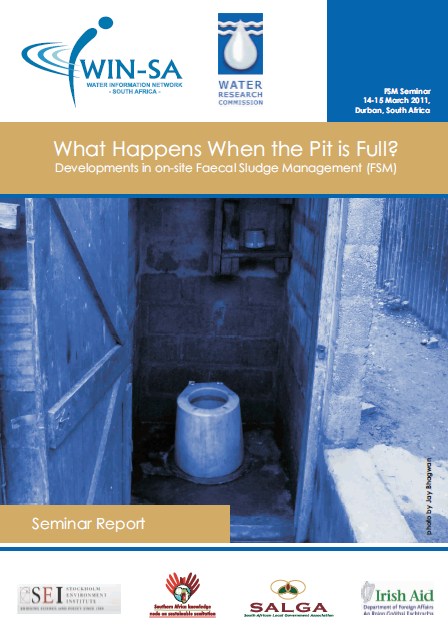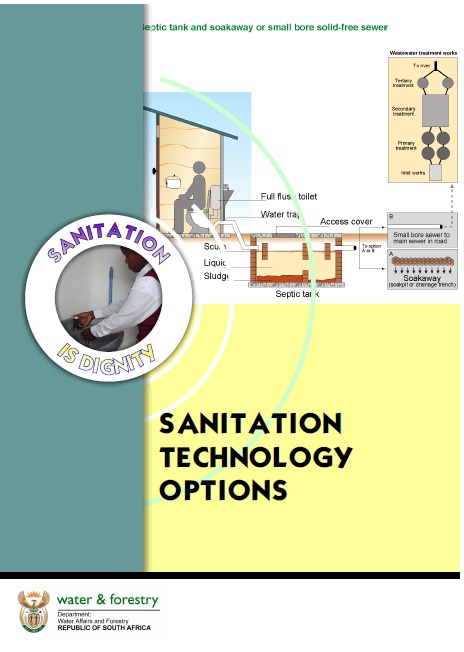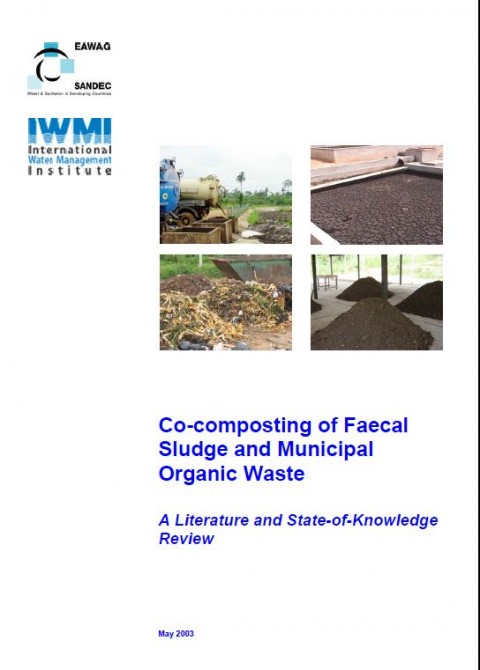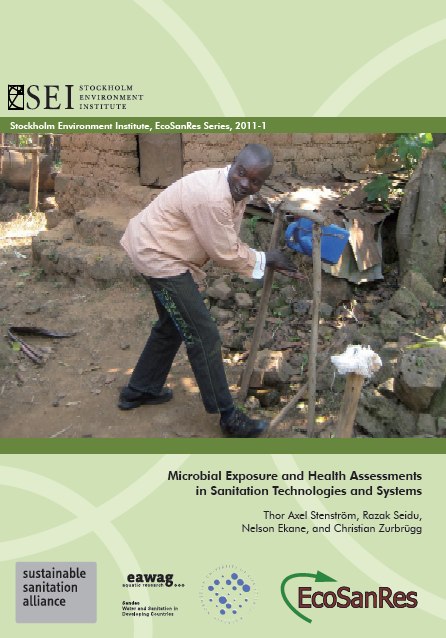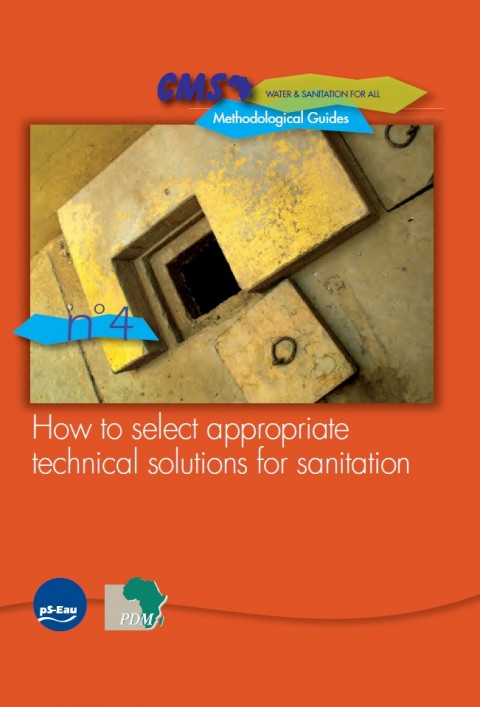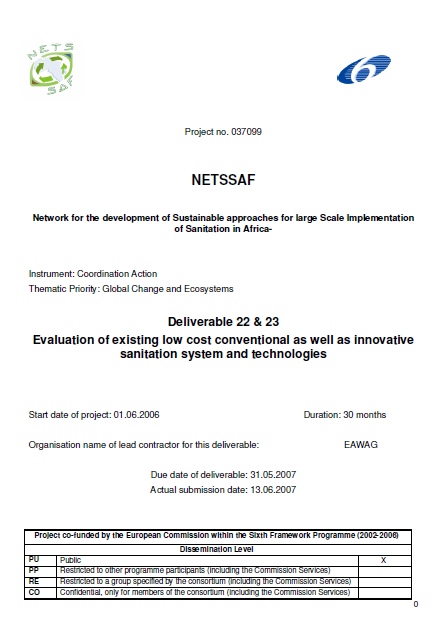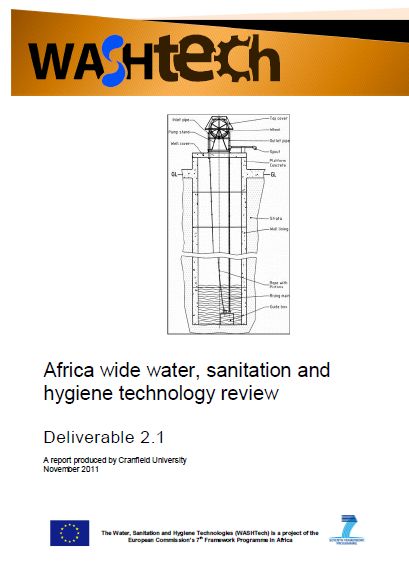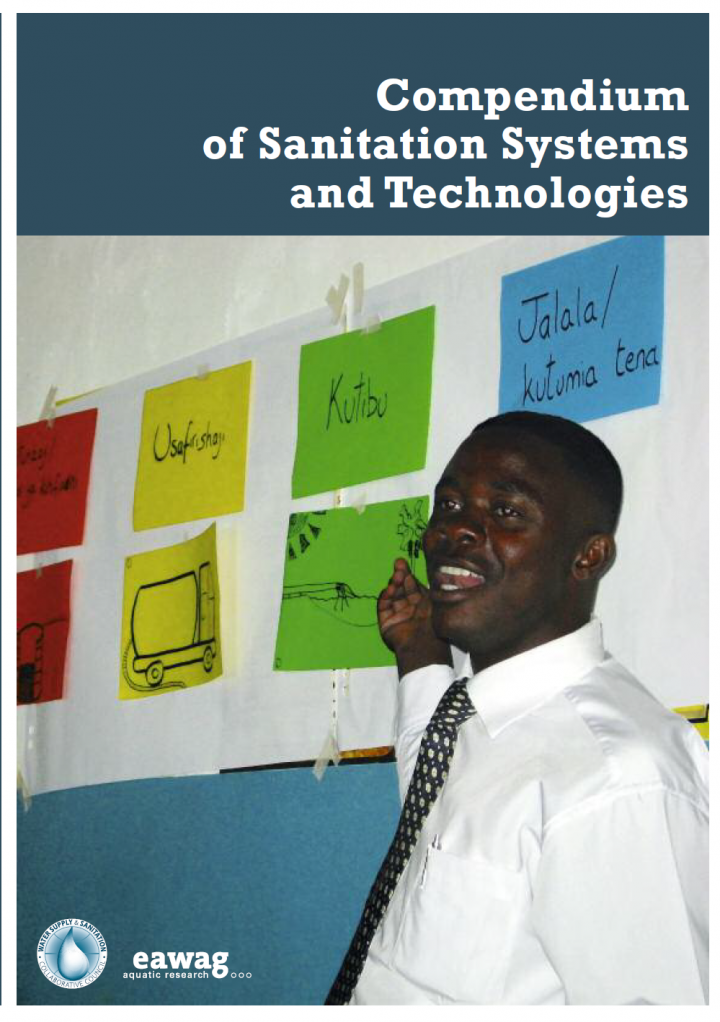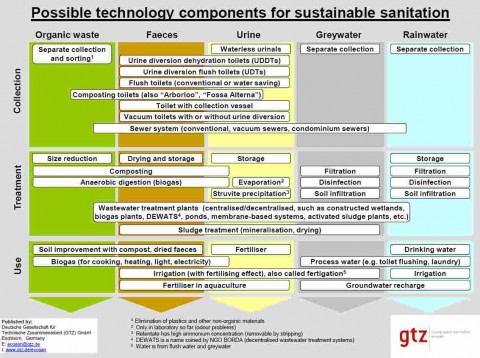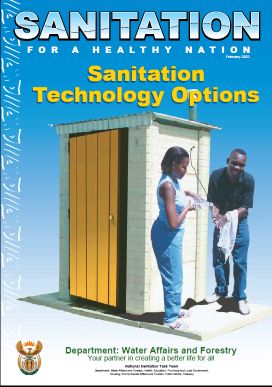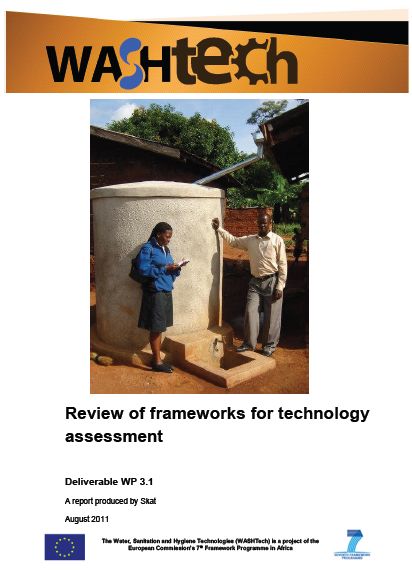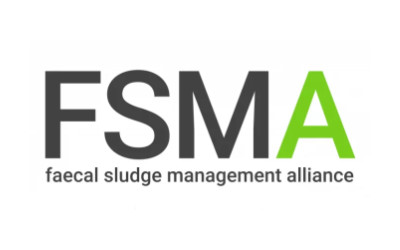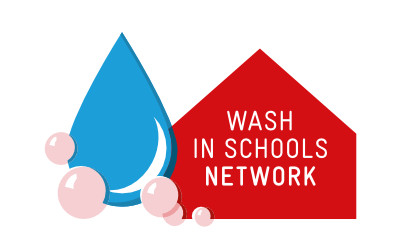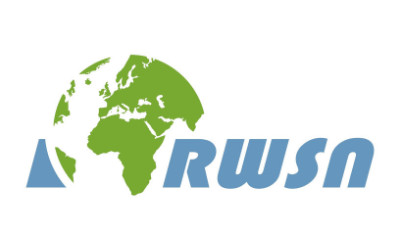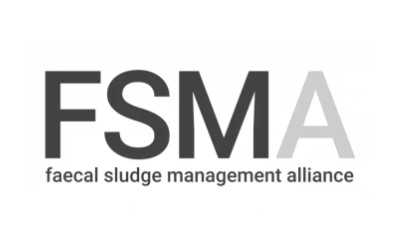Searching for information on Sanitation Workers?
The Sanitation Workers Knowledge + Learning Hub is the best source for all current news, trends, articles and updates on sanitation workers rights around the world.
Worldwide, 2.7 billion people rely on onsite sanitation and more than 4.5 billion people do not have access to safely managed sanitation services. Yet, in many places there is still no management system in place to deal with the faecal sludge (e.g. septage and pit latrine sludge) from such systems. This results in the faecal waste often being dumped directly into the immediate residential …
This library entry contains key documents involved in the implementation of the UBSUP programme, from the social marketing for improved toilet at household level to the construction and operation of the sanitation infrastructures (toilet and Decentralised Treatment Facility). Note that more documents are available on the SafiSan toolkit located in the WSTF website, see link below.
As an …
This Compendium aims at pulling the main information on sanitation technologies together in one volume. Moreover, the Compendium is to promote a systems approach; sanitation devices and technologies should always be considered as parts of an entire system.
This second, revised edition of the Compendium presents a huge range of information on sanitation systems and technologies in one volume. …
This book deals with the treatment of faecal material and supernatant water removed from on-site and decentralized sanitation facilities and systems. Its main focus is on treatment facility design but this can never be viewed in isolation. Rather, it must reflect local conditions, start from a realistic assessment of the load on the plant, and take account of the final destination of the liquid …
The sanitation ladder is a useful tool that is being used to monitor progress towards the sanitation target of the MDGs. This tool could be even more useful if it can be refined to be based on the functions of sanitation systems rather than on a hierarchy of predefined sanitation technologies.
This paper presents a seven-rung function-based sanitation ladder where the functions can be broadly …
The objective the Compendium is threefold:
1. Expose the Compendium user to a broad range of sanitation systems and innovative technologies;
2. Help the Compendium user understand and work with the system concept, i.e. the process of building a complete system, by iteratively choosing and linking appropriate technologies;
3. Describe and fairly present the technology-specific advantages and …


